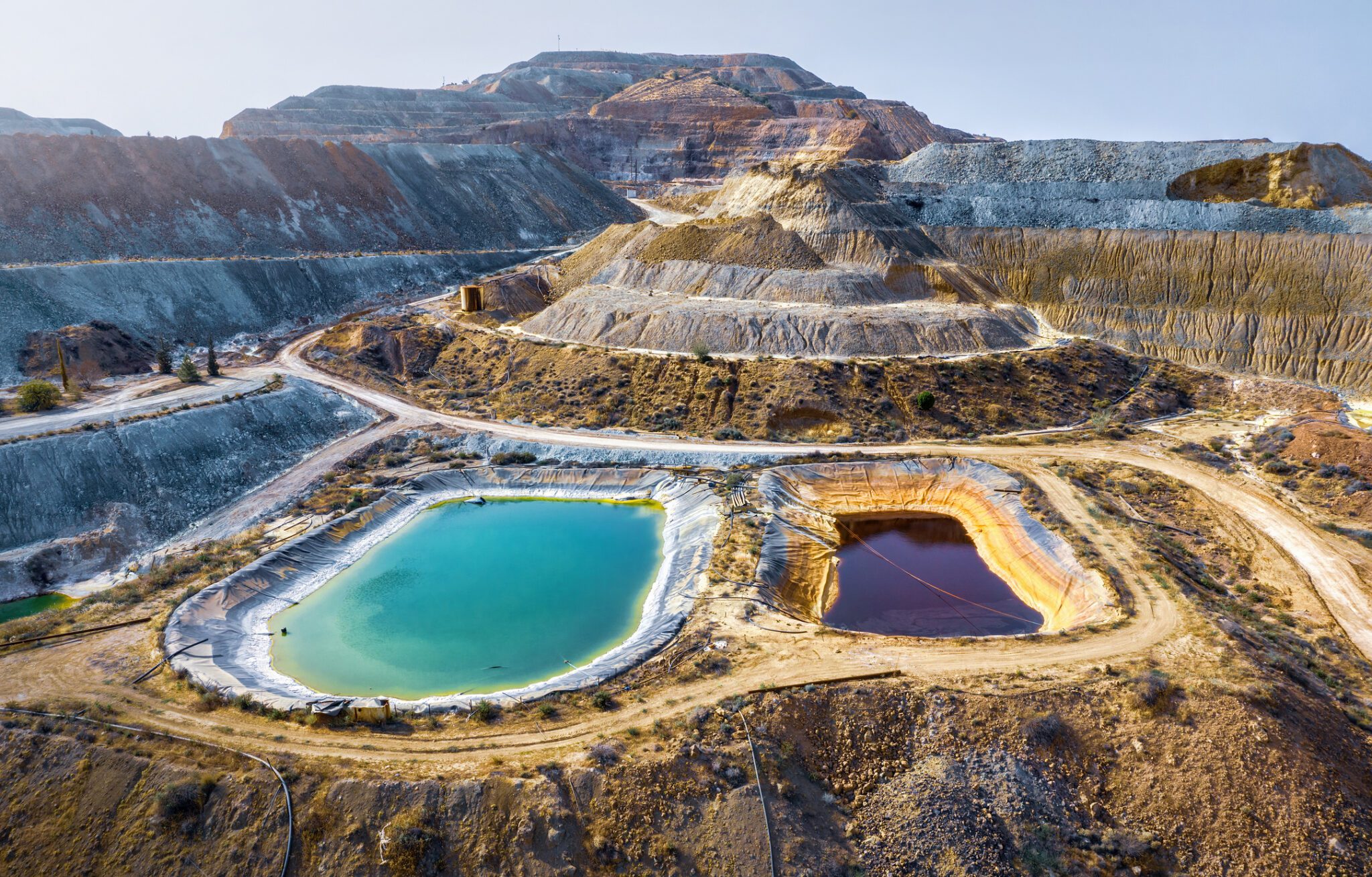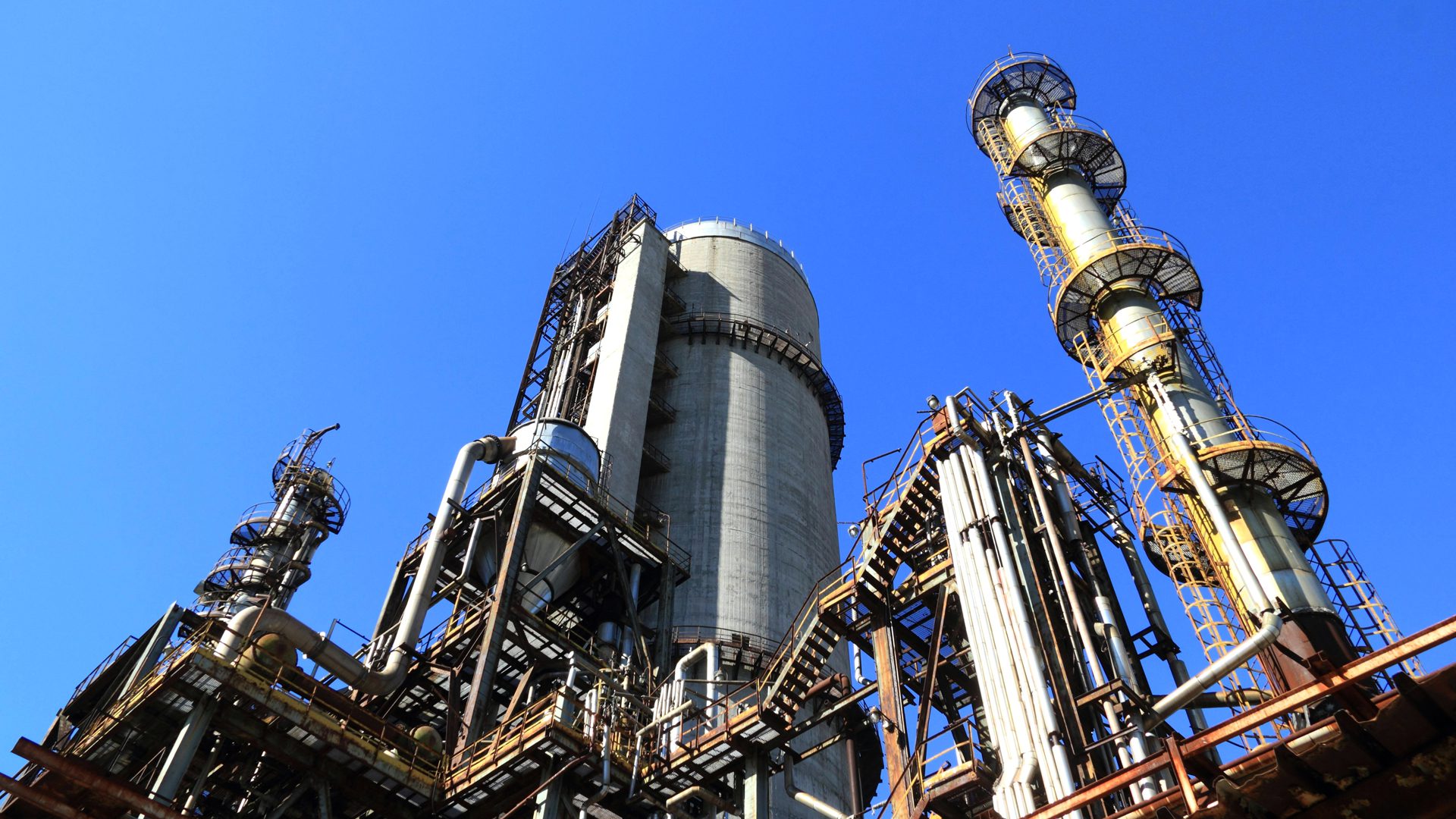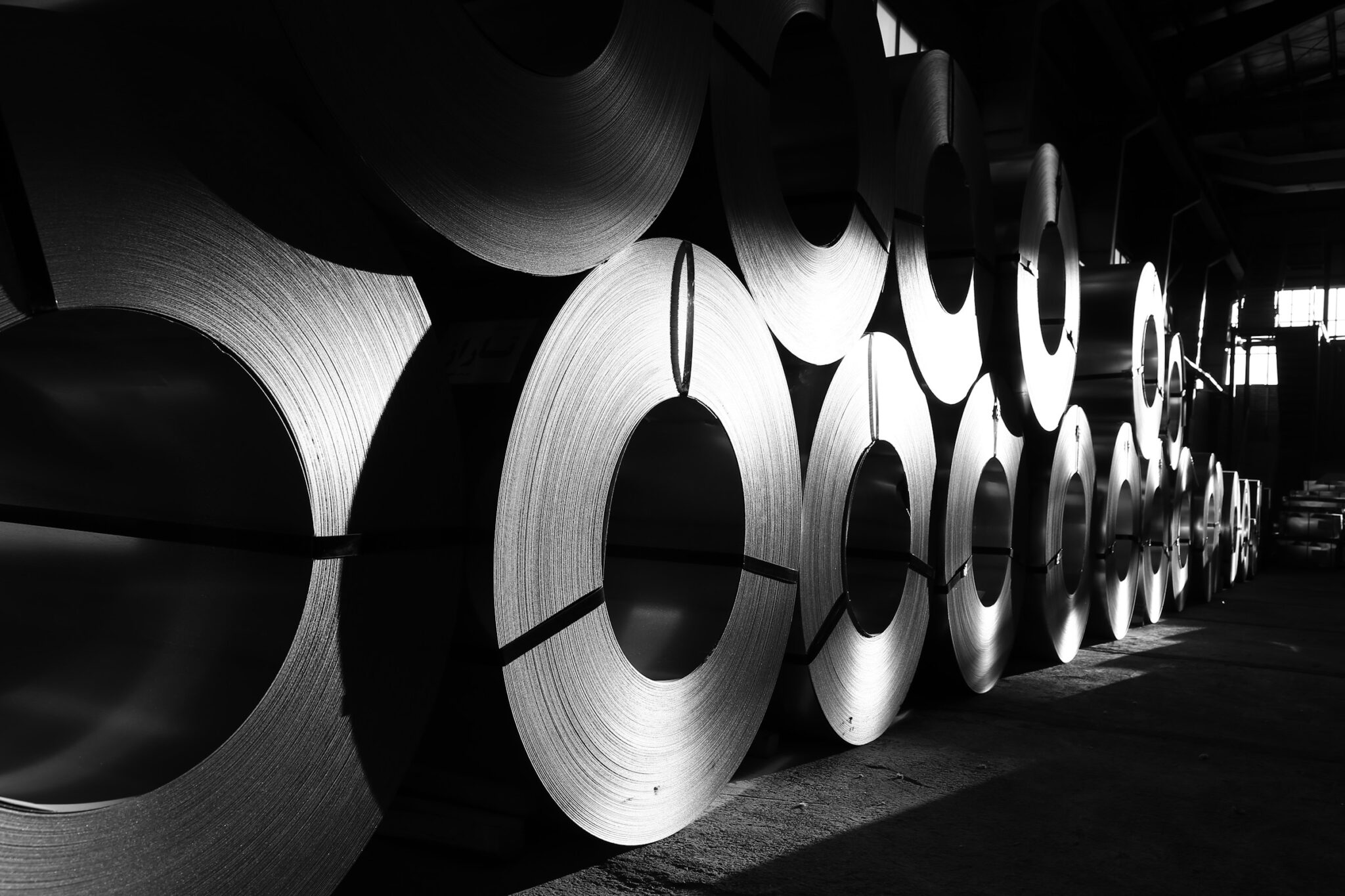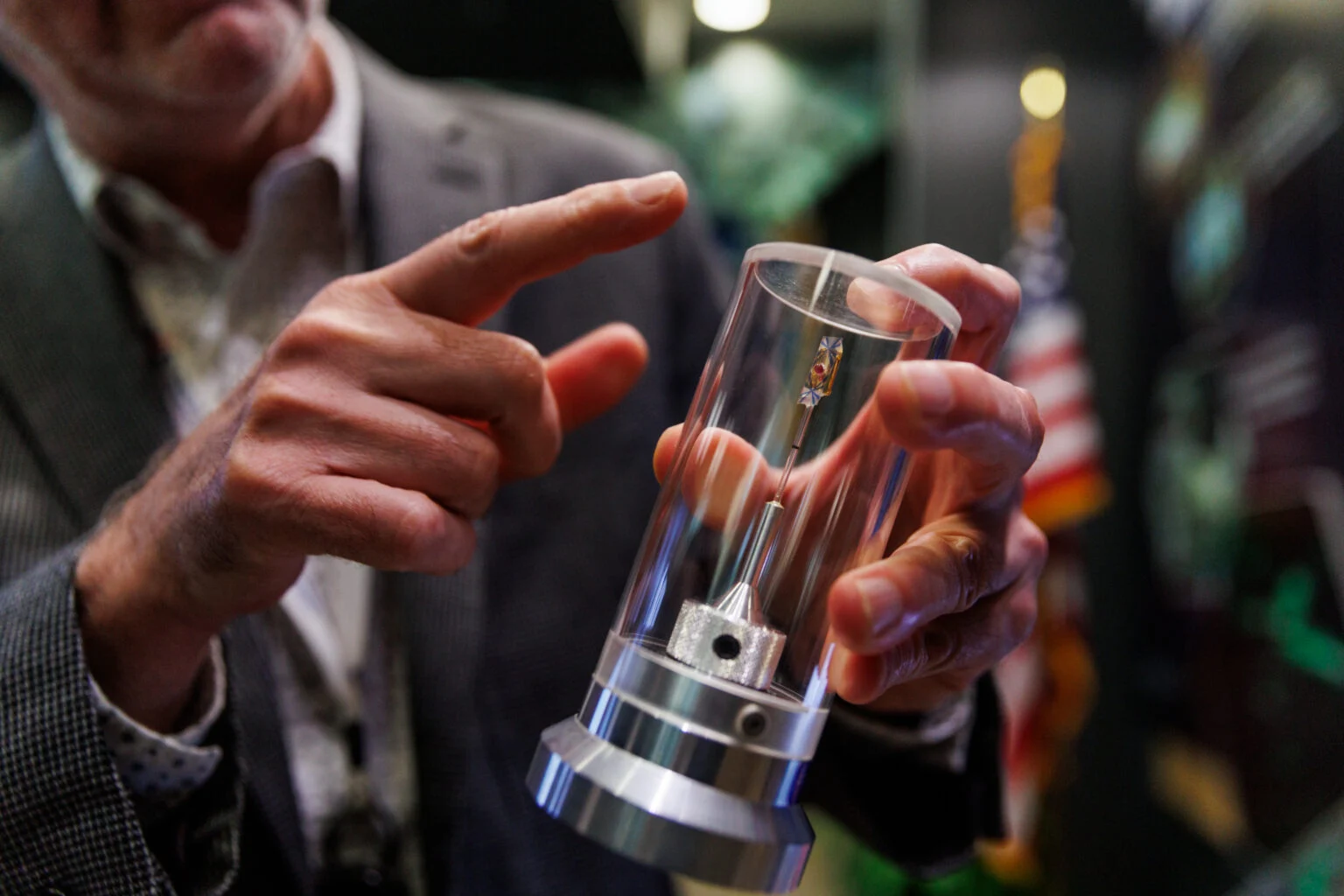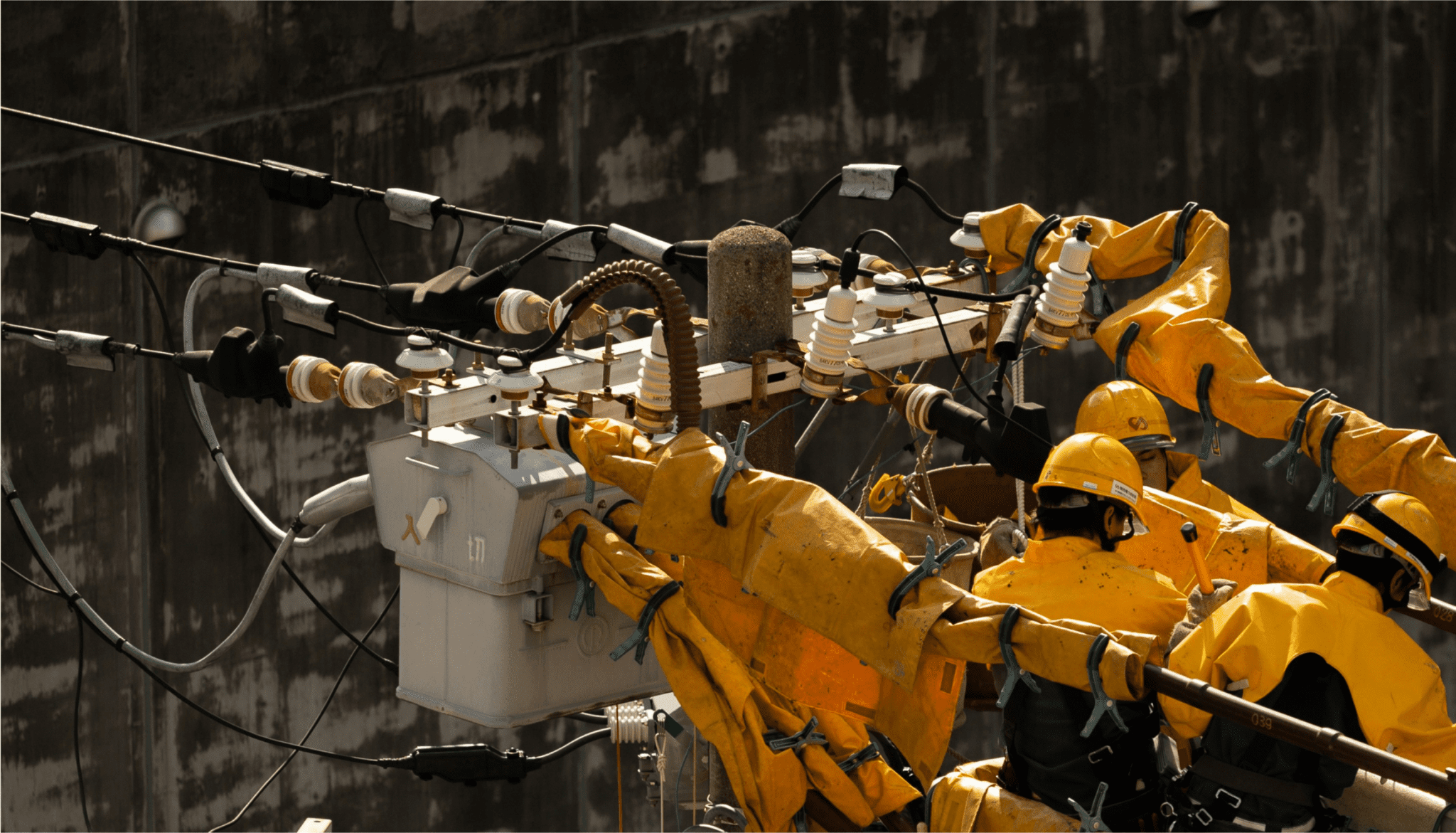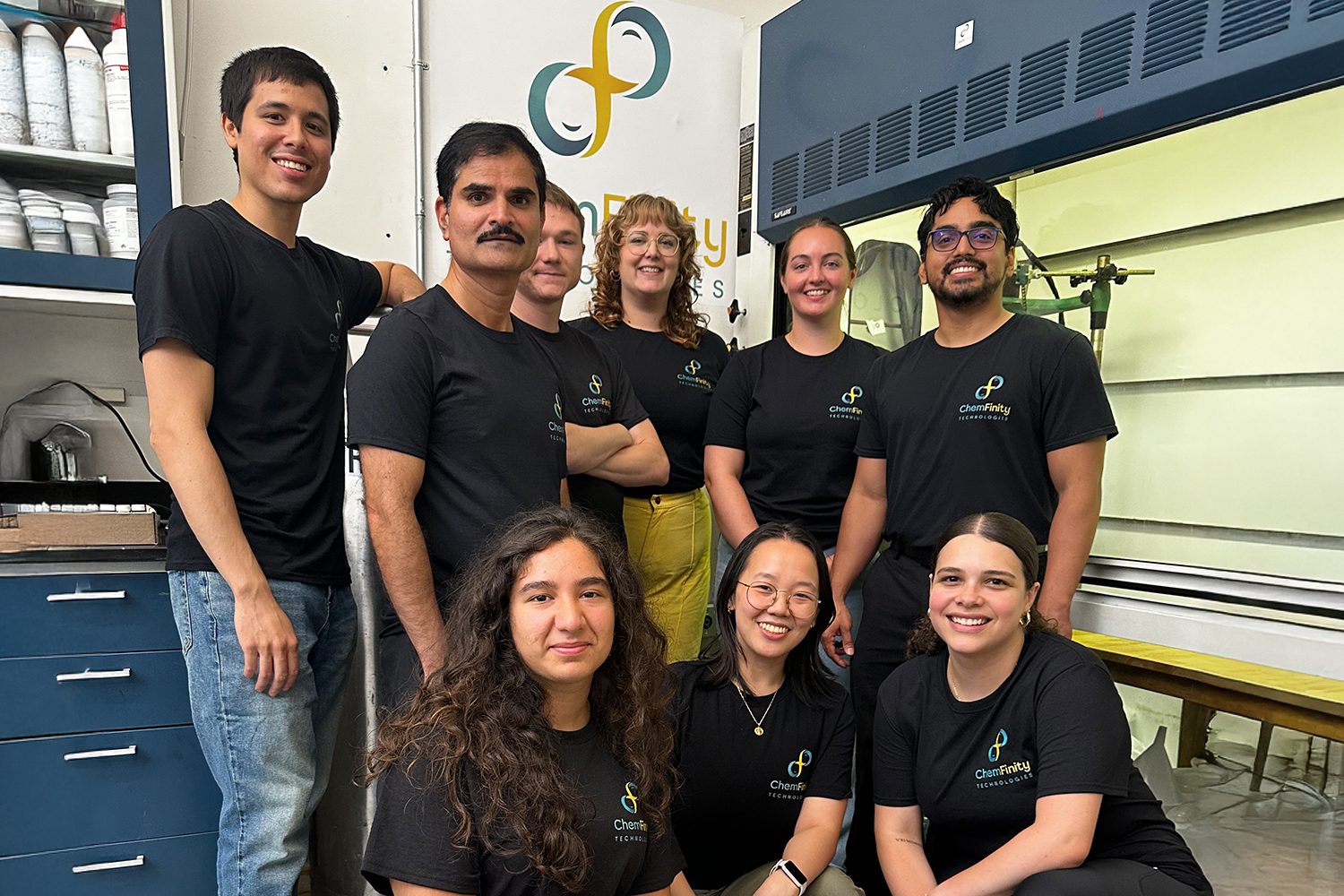This Newsroom is the first in a series that will cover critical raw materials and their role in the clean energy transition.
The World Bank estimates 3 billion tons of metals and minerals will be required by 2050 to meet the needs of the global energy transition. To put this in context, in the next 30 years we will extract from the planet as much materials as since the beginning of humanity, according to Philippe Varin, Chairman and former President of the World Materials Forum. The market for these raw materials has more than doubled over the past five years, with the International Energy Agency expecting “unprecedented growth” in the years ahead.
In the long-term, an economy based on clean energy will require less mining than one based on fossil fuels even with the growth in mineral demand. In this explainer, we will explore why these minerals are so critical to the transition to greener energy systems.
Critical raw materials are used for many clean energy technologies. According to the IEA, electric vehicles use six times more mineral inputs than a conventional car and an onshore wind plant requires nine times more mineral resources than a gas-fired plant. Additionally, copper is critical for all electricity-related technologies, rare earth elements are used for wind turbines, and platinum is required for electrolysers.
This increased demand has created an obstacle. According to the Energy Transitions Commission, even with maximum efficiency and recycling of existing minerals and taking current mining capacity into consideration, there will be a gap between 2030 demand and currently planned supply for some key energy transition materials. The data suggests that the current pace simply won’t create enough supply to keep up with the demand for the most in-demand minerals including lithium, nickel, graphite, cobalt, neodymium and copper. For copper alone, mined output would need to rise from 22Mt to at least 30Mt in 2030.
A paradox exists that although critical raw materials are essential to our clean energy future, the process to extract and use them has long been harmful from a greenhouse gas and environmental lens. The reality is that for decades the mining industry has struggled to fulfil its responsibilities to mitigate its impact on communities and the environment. This has depleted trust and created a reluctance to engage with or think about how the mining industry underpins the path to net zero.
There have also been suggestions that in certain use cases – like batteries used in electric vehicles (EVs) – critical minerals are no better for the planet than internal combustion engine (ICE) vehicles. This is due to the extraction and refining methods deployed to source minerals for EV batteries, like lithium, cobalt and nickel; the carbon emitted in the wider supply chain, such as during manufacturing; and the low recycling rates of the minerals to date.
Evidence shows this is incorrect, however. It is clear that EVs are a cleaner alternative to traditional gasoline or gas-powered hybrids. According to the International Council on Clean Transportation emissions over the lifetime of an average-sized EV registered today are lower than comparable gasoline cars ranging at the high end from 66%–69% lower in Europe down to 19%–34% lower in India, where coal remains the main source of electricity. The life-cycle emissions advantage for EVs will increase as the electricity mix continues to decarbonise.
As the example above demonstrates, there are complexities to comparing a clean energy economy that utilises critical materials to one powered by fossil fuels as their respective properties are fundamentally different. But over time the benefits are clear:
- A fossil-based economy requires much more mining than one based on clean energy – about 1,500 times more today – and despite expected growth in transition mineral demand, this will remain so, in part because fossil fuel engines and associated infrastructures are far less energy efficient than clean energy technologies. Additionally, mineral intensity in clean technologies is expected to fall as we have seen with 40-50% reductions in the use of silver and silicon in solar cells over the past decade. Similarly, demand for copper could fall by 30% over coming decades driven by lower copper intensity in electric vehicles.
- Fossil fuels are consumed once they are burned as fuel (the majority of uses) whereas critical materials are housed within assets that typically have a 10–30-year lifespan.
- Disruptions in the supply of fossil fuels can lead to immediate energy shortages and price spikes whereas disruptions in the supply of critical minerals can cause delays but does not have an immediate energy security risk.
- Fossil fuels cannot be recovered or repurposed once they are consumed through combustion, while there is high potential for reusing and recycling critical materials.
The good news is that the industry is taking steps to improve how it operates. While more R&D is required, technological innovation is creating more environmentally responsible, efficient, and affordable ways to find minerals, get them out of the earth and process them, while reducing the need for primary critical mineral supply by improving recycling and substitution. In our next piece on the topic, we’ll dive into the innovation taking place that is helping to build this new, sophisticated supply.

